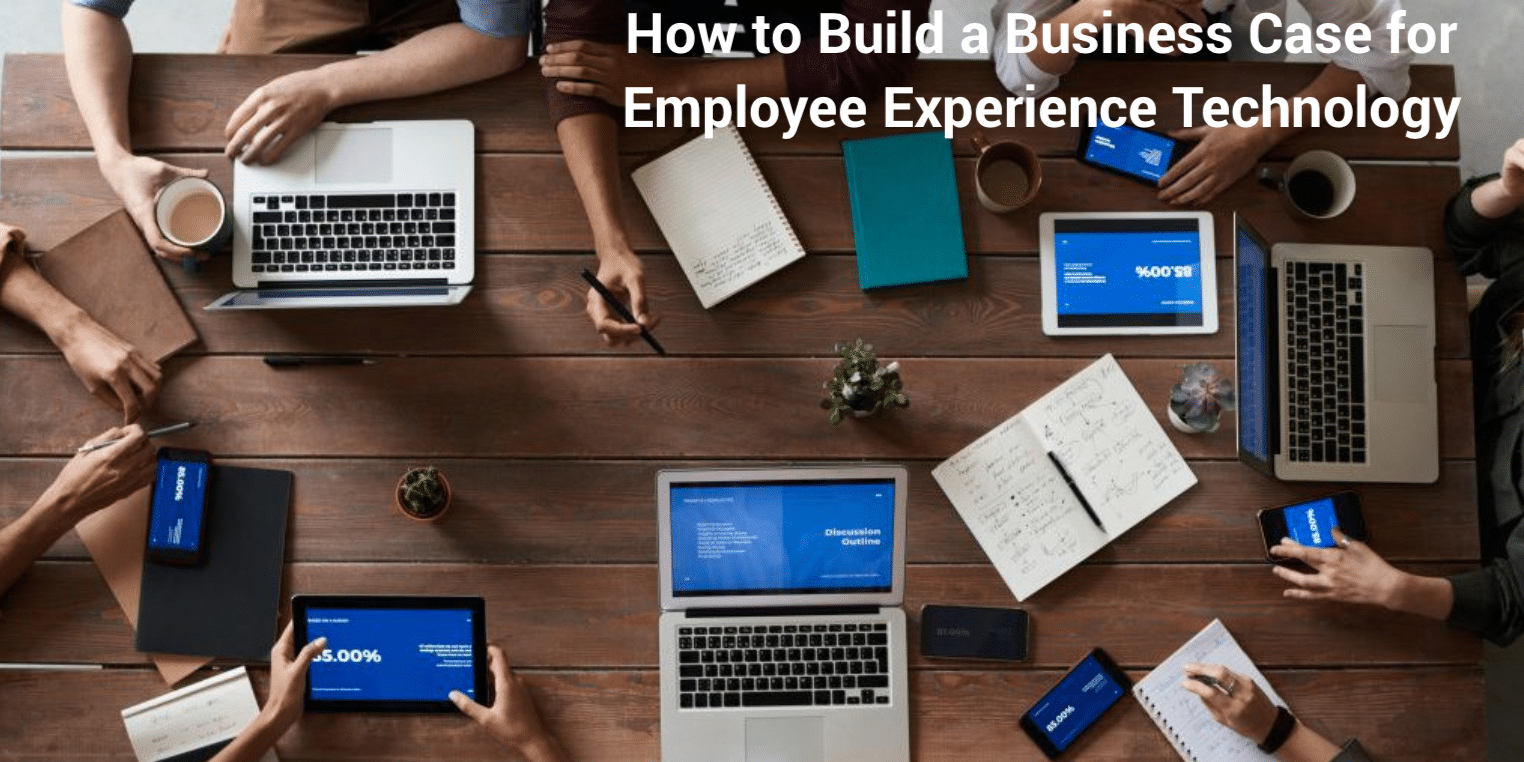The workplace has changed and it’s time to make the necessary changes to support the way we work, and our people that make our businesses successful.
Last year, the onset of the pandemic made the budget and planning process extremely difficult, as revenue projections were in constant flux and business expenses were drastically shifting. Company expenses for facilities, employee benefits and perks, travel and other typical costs (associated with a pre-pandemic world) have shifted.
Today, companies are budgeting and spending on programs and technology solutions that support the workplace transformation.
How do you build a business case to support the “future of work” and the workplace transformations that have occurred and will continue to change for the coming years?
A business case is a form of gap analysis; it describes the business challenge or problem (the current state), the solution (the desired state), and an action plan stating how the organization can achieve its goals. A solid business case supports your business needs and facilitates the decision-making process for purchases, vendor selection, and implementation strategies.
It’s important to be aware of the key financial metrics and organizational initiatives that drive purchasing decisions. For example, if your corporate goals are to acquire new companies, then your senior management may have new budgets allocated for tools and solutions that support this key business initiative (and you can tap into this budget for employee experience technology purchases). If your organization focuses on the return on investment (ROI), the time to value, or a cost-benefit analysis (weighing the cost of doing nothing or status quo), then you need to incorporate these numbers into your business case. If you’re not familiar with these concepts, talk with someone in your finance team or with your manager, as they can provide this essential information and advice.
Here are key elements of a business case:
Challenge/Problem/Current State:
Highlight the business challenge you’re looking to solve or the goal you’re trying to achieve with an investment in the technology. Describe the current state, the pain, and the impact it has on both employees and the overall business.
Desired Outcome/Solution:
Outline plan for how you will use the software to solve your problem and/or achieve your goals, describing the desired state after the solution is implemented. Do not focus on describe the technology (features and functionality); instead, focus on what you are delivering to the business (the “user” experience).
Action Plan:
- Benefits: List tangible returns (e.g., time and money saved) and intangible returns (e.g., increased collaboration). Focus on the metrics that matter to your business (ROI, Time to Value, cost savings, etc.)
- Change management considerations: List change management procedures you’ll follow to ensure user adoption and establish metrics that measure results. Address the potential hurdles and risks.
- Cost: List tangible costs (e.g., number of user licenses) and intangible costs (e.g., the time required to implement a new tool). Figure out who has the money in the company and consider combining budgets. Does it fit into other company initiatives, such as M&A (Merger & Acquisition) activities, faster onboarding, and support of hybrid/remote/workplace changes? Lastly, outline the opportunity costs of doing nothing.
- Timeline: Outline the expected timeline for implementing the new tool and ongoing support and maintenance.
Building a business case for an employee experience technology should not be a solo task. You need to partner with other teams, such as IT (Information Technology), Finance/Accounting, Operations, and all functions within the Human Resources/People Team. Here are some tips on gaining stakeholder support:
- Gain support and agreement from various business units and contributors on what the business problem is and the proposed solution.
- Communicate with various other department leaders and review the business case with them, so they can help identify your blind spots and can offer solutions and feedback.
- Use the business case/review meeting to gain approval as more of just a formality. The major details (such as the business challenge, proposed solution, benefits, costs, and project plan) should all be previously understood by everyone in the meeting so that support can be gained in a timely manner.
Are you ready to get started, building your business case today to support your employee experience in the years to come? Use our business case template now and elevate your employee experience using innovative technology for workplace transformation.
Download the TEMPLATE to create your business case